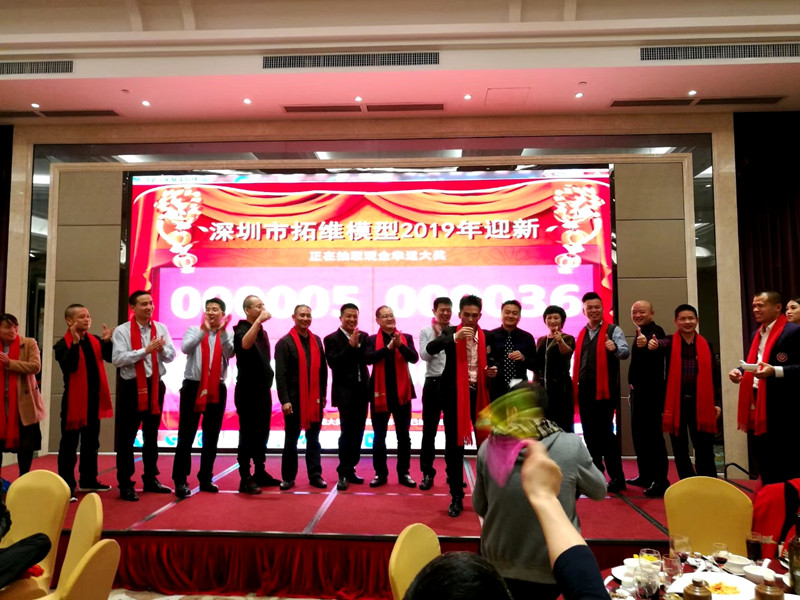Get in touch.
Dear,I will reply in 12 hours. All your message are protected!
Rapid Prototyping Services, Professional manufacturer of CNC Prototyping and 3D Prototyping in China.
new way to 3D print a precise replica of the human liver anatomy is now helping to guide surgeons in tricky surgery. The 3D-
Printed replicas made of transparent materials, with colored arteries and veins, can help surgeons prevent complications when performing liver transplants or removing cancer tumors, the researchers said.
'We provide surgeons with a physical model that is 100% the same as what they will encounter during surgery,' the doctor said . '
Nizar Zein, director of liver disease at Cleveland Clinic, Ohio.
'It takes away some of the potential surprises that will be found during surgery.
Zein said: 'New liver replicas can also be used to train the techniques needed for medical students' surgery. [
3D printing in the image of the liver]
While reading a newspaper article about 3D printing, Zein realized that the technique could help make the surgery easier.
Before complex liver surgery, doctors usually look at magnetic resonance images (MRI)
Or computed tomography (CT)
Scan the liver and plan surgery.
However, these 2D images do not provide real visual guidance during surgery.
The liver has three main veins and doctors are often unsure of the exact location of these vessels.
Zein told Live Science that accidental cutting of them could lead to 'the result of a disaster '.
In order to make the artificial liver, the researchers combined the MRI and CT scans that the patient had already received, and then reconstructed the 3D shape of the organ.
study published in the journal Liver transplant last month confirmed that these models are statistically accurate in terms of the volume and location of the liver's blood vessels.
Teams create 3D using these models-
Organs are printed using transparent polymers and then stained with major blood vessels and bile.
So far, the team has used the liver in about 30 cases.
So far, in some operations, surgeons have changed their surgical plans based on simulated organs, for example, after realizing that cancer's liver tumor is too close to certain veins to completely remove growth.
'We believe that doing so actually avoids some complications,' Zein said . '.
Researchers are now developing similar methods to guide complex operations, such as hand and face transplants and pancreatic tumor resection, Zein said.
They are also working on a way to integrate organ models into global positioning systems (GPS)
Surgery is currently being directed.
These GPS tools determine the exact location to be cut and the safe edge of the surgery.
By improving the organ models used by these systems, it is hoped that GPS will become more accurate, Zein said.
Follow Tia Ghose on twitter and Google.
Focus on life science, Facebook and Google.
Original article about Live Science.
Copyright 2014 livesscience, a technology media network company.
All rights reserved.
This material may not be published, broadcast, rewritten or re-distributed.

© 2005-2025 Shenzhen Tuowei Model Technologies Co., Ltd. | All Rights Reserved 粤ICP备11096697号